5 Most Famous Types and Varieties of Radish
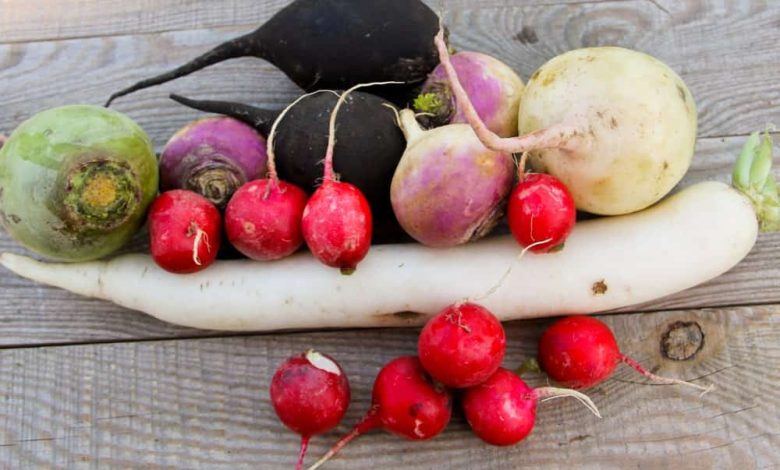
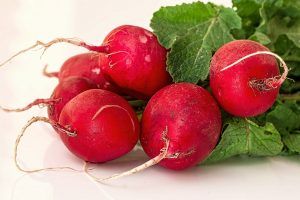 Radish is a vegetable that has sulfur compounds and acts as a natural antioxidant that is supported by its vitamin C content.
Radish is a vegetable that has sulfur compounds and acts as a natural antioxidant that is supported by its vitamin C content.
It increases the intestinal flora, forms antibodies in the immune system, fights the flu, strengthens circulation and serves to lose weight, among many other medicinal properties.
Its different varieties are the following:
Daikon, Chinese or Japanese radish
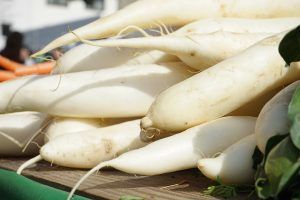 This type of radish, although it has a Japanese name (daikon means ‘large root’ in that language), where 90% of the production is produced and consumed, actually has its origin in Europe and China.
This type of radish, although it has a Japanese name (daikon means ‘large root’ in that language), where 90% of the production is produced and consumed, actually has its origin in Europe and China.
Its appearance is similar to that of a white carrot, with a crunchy texture and a milder flavor than normal radish.It has roots 30 cm long.
It is available year-round, but the fall and winter crops taste the best.It is widely used in oriental dishes, because even its leaves are edible and versatile in the kitchen.Daikon can be eaten raw in salads or in soups, curries, and rice, among other foods.
It has medicinal properties because it has sodium, potassium, vitamin C and B-6, calcium, magnesium and phosphorous, and it is high in calories and low in fat, without cholesterol.
Daikon produces a juice that has anti-inflammatory and analgesic effects, as it serves to relieve headaches, migraines and fever; promotes digestive health and relieves respiratory problems.
Black or winter radish
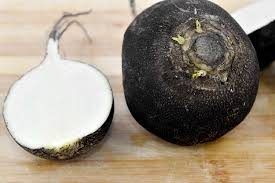 As its name indicates, it is black in color. He is related to the wild radish, a tuber that was cultivated in ancient Egypt, even before the pyramids.
As its name indicates, it is black in color. He is related to the wild radish, a tuber that was cultivated in ancient Egypt, even before the pyramids.
It is also called black Spanish radish; its shape is cylindrical or rounded; its skin is very difficult to digest, but its meat is white and digestible.
This variety is from the cruciferous family whose main quality is to be used for medicinal purposes due to its anticancer properties (it has isothiocyanates and glucosinolates) and liver protection.
It is part of traditional Chinese medicine in cases of fever, digestive disorders, intestinal infection, ulcer and flatulence; sinusitis and bronchitis, and lowers blood pressure.Black radish is also used as an antioxidant, diuretic, depurative, antimicrobial and immunostimulant.
In its composition we find sulfur substances, vitamins, minerals and fibers.In the kitchen, this radish is ideal for soups, stews, and roasted vegetable dishes, including Chinese, Japanese, and European varieties.
Those of the Spanish varieties are also called black Spanish round, and are large and round, with dark skin and white flesh.We must sow it at the end of summer, in order to give enough time to mature before the first strong frosts, as these vegetables take up to 70 days to mature.
spring radishes
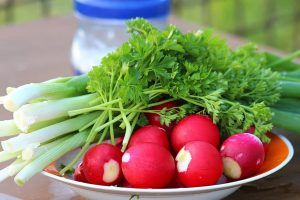 They are round or oblong, small, and there are different varieties. For example, cherriette, cabernet, and mushrooms have red skin and white flesh.
They are round or oblong, small, and there are different varieties. For example, cherriette, cabernet, and mushrooms have red skin and white flesh.
The purple plum, deep purple.The flare, red and white; the easter egg with red, white, pink and purple colors together.White radish includes icicle, snow and hail.
summer radishes
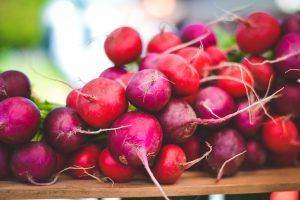 It is not easy to sow in summer, and the radish is no exception, as it needs more care, with a light weeding so as not to destroy the delicate roots.
It is not easy to sow in summer, and the radish is no exception, as it needs more care, with a light weeding so as not to destroy the delicate roots.
Ripe radishes do not yield palatable results for farmers in hot summer weather .
It happens that radishes that grow in warm soil have a tendency to harden their roots or for them to break prematurely.For this reason, we must keep the soil cool with a straw mulch, in addition to providing it with a little water because in this season there is no rain and if there is, it is scarce.
Summer radishes are elongated and larger than spring radishes, although they are eaten raw like spring.Some summer varieties are fluo, bright red with white tips; french breakfast, with a soft and sweet cylindrical root; and ribella, with round roots.
autumn radishes
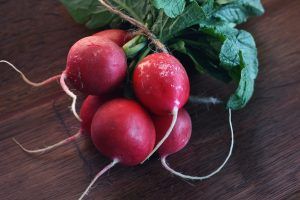 They are larger than the previous species and must be cooked before consuming them, that is, they should not be eaten raw. They also have more voluminous roots and their cycle is six weeks.
They are larger than the previous species and must be cooked before consuming them, that is, they should not be eaten raw. They also have more voluminous roots and their cycle is six weeks.
They are practical for salads and for juices and smoothies linked with orange.Their color is attractive, they are rich in vitamin C and they also have digestive and antibacterial properties.

![Photo of Brown Spots on Leaves: [Detection, Causes and Treatment]](https://www.complete-gardening.com/wp-content/uploads/2022/08/brown-spots-on-leaves-detection-causes-and-treatment-390x220.jpg)
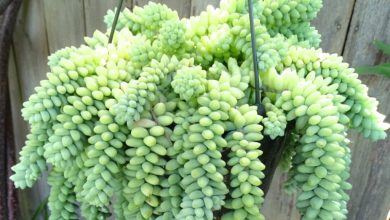
![Photo of Plant an Almond Tree Step by Step: [Care, Dates, Irrigation and Pruning]](https://www.complete-gardening.com/wp-content/uploads/2022/08/plant-an-almond-tree-step-by-step-care-dates-irrigation-and-pruning-390x220.jpg)
